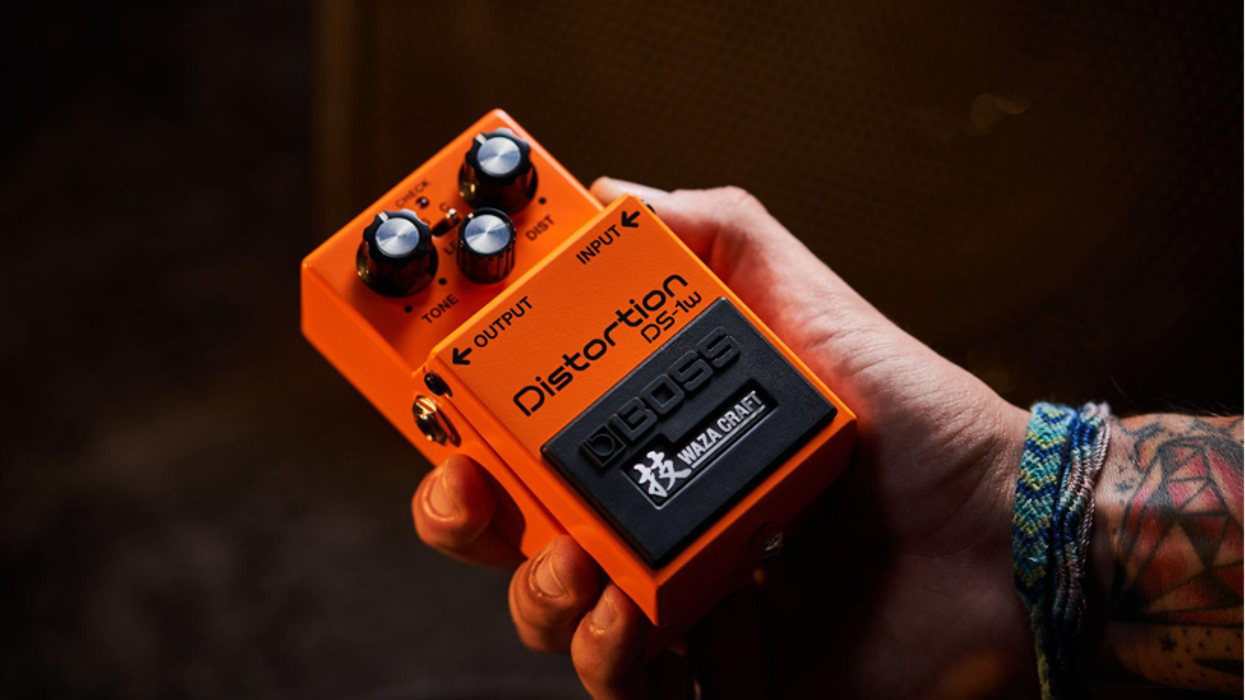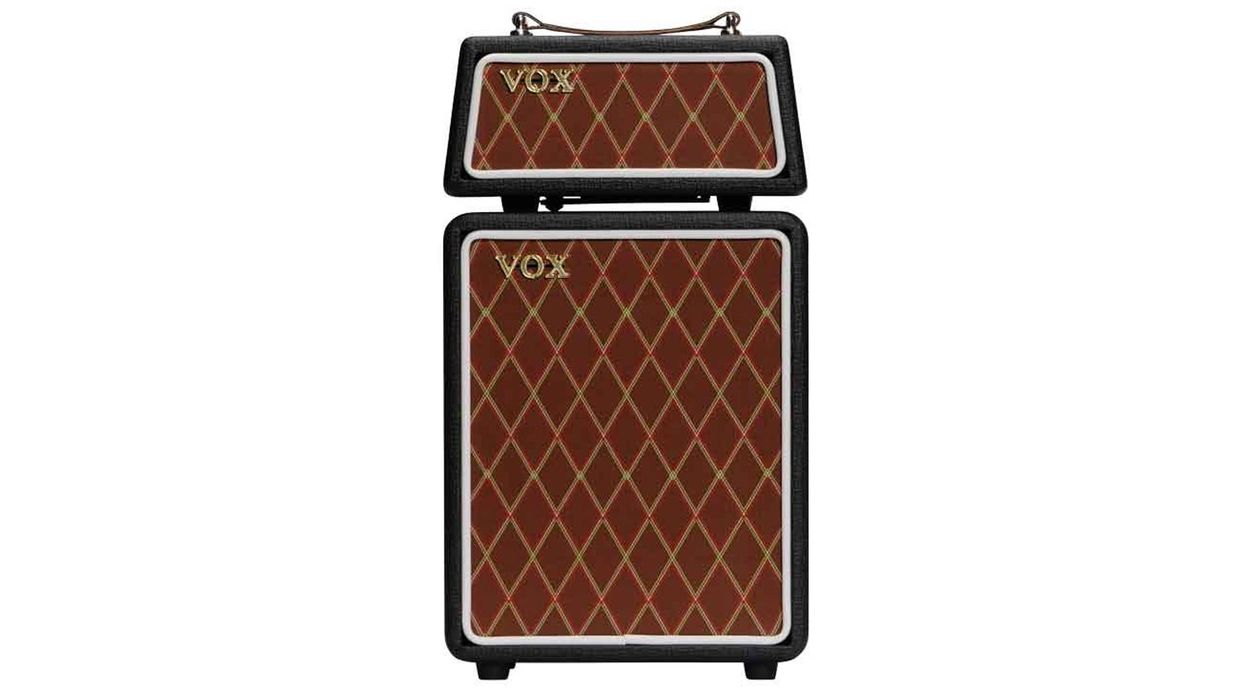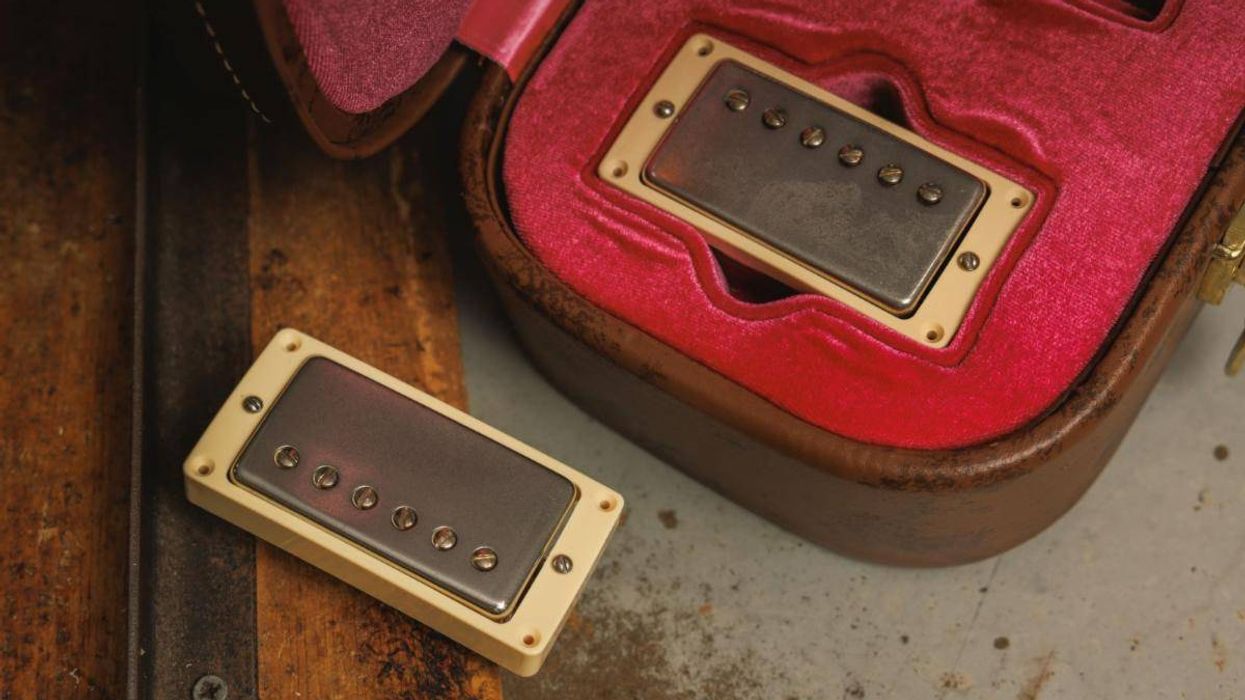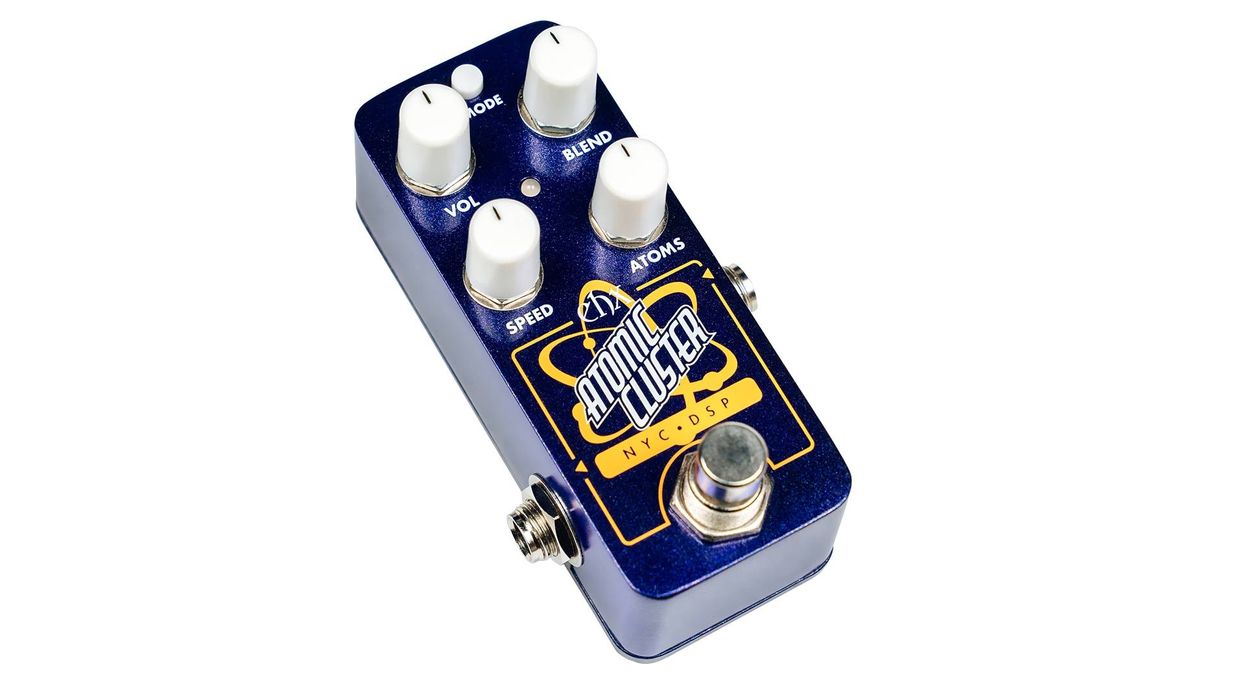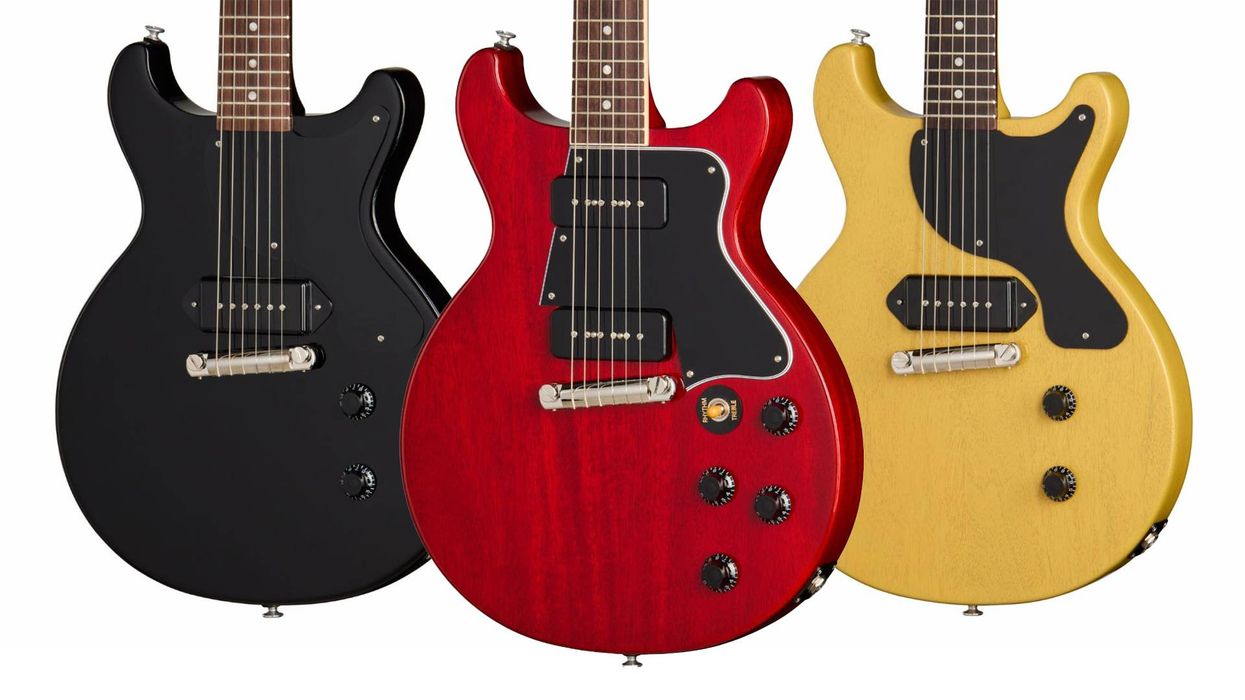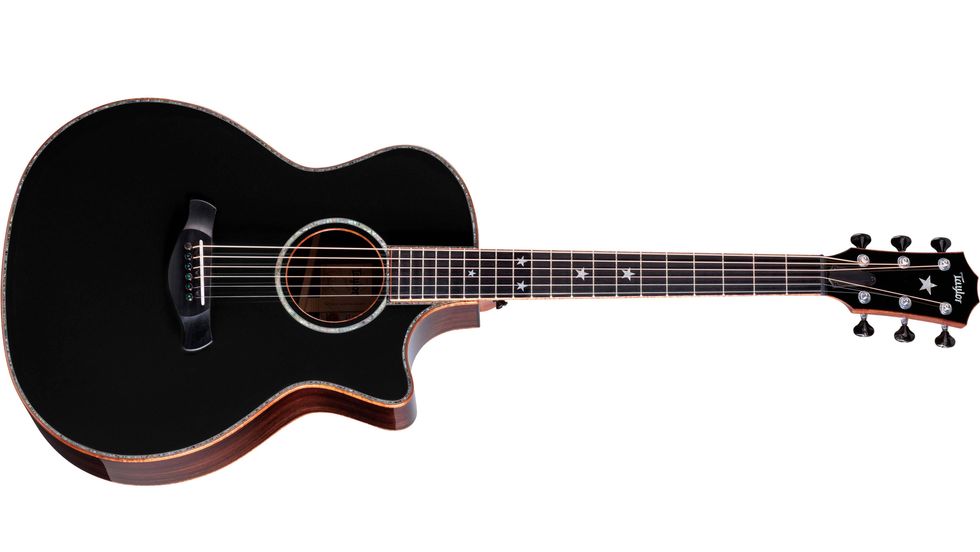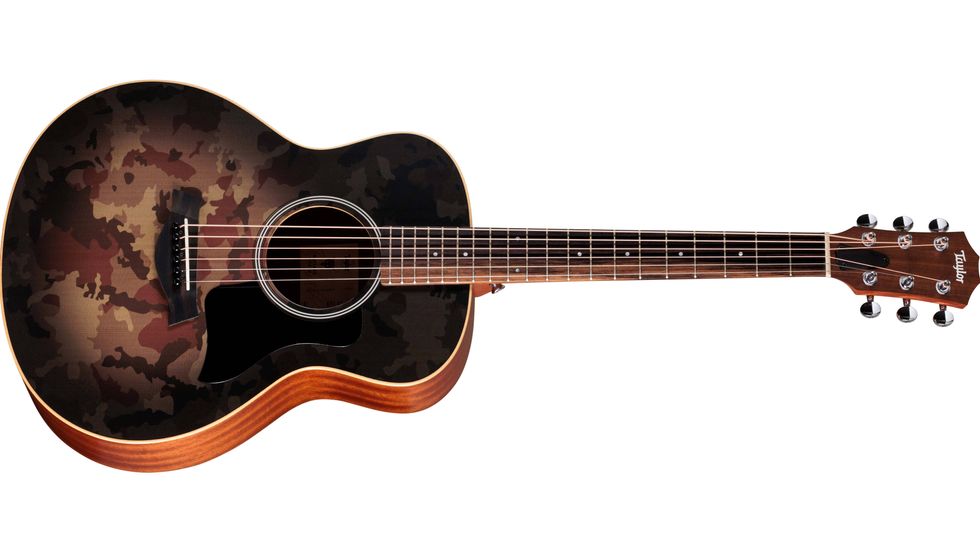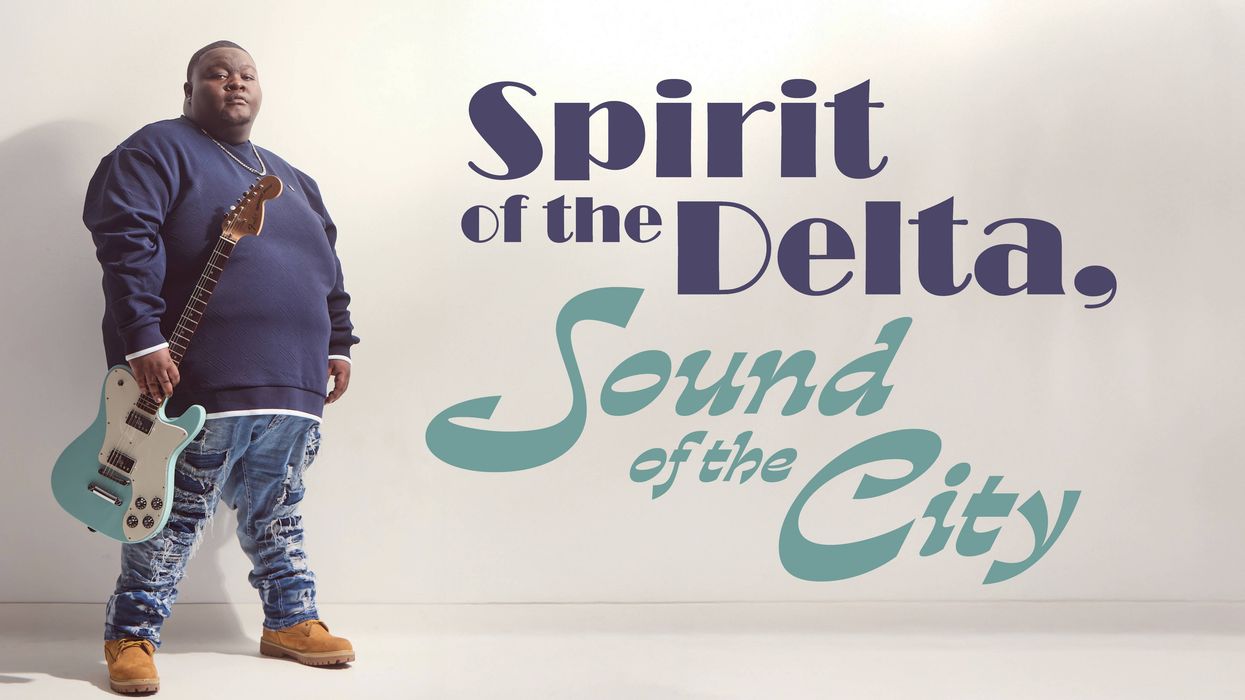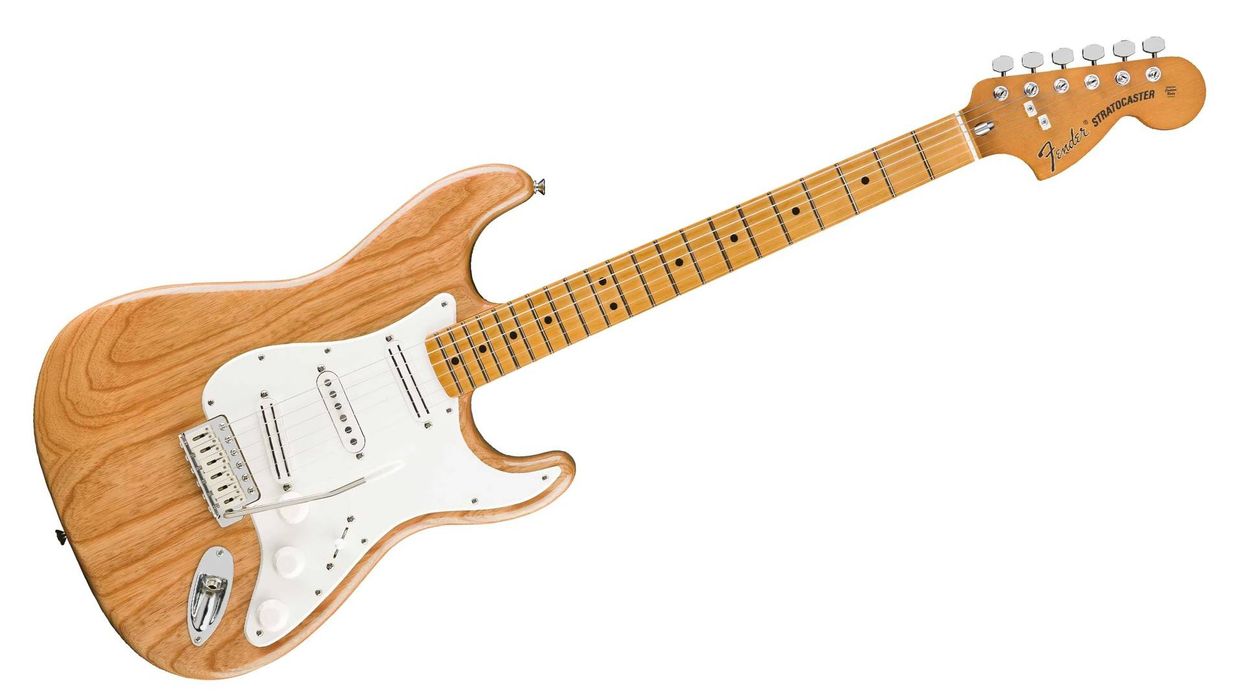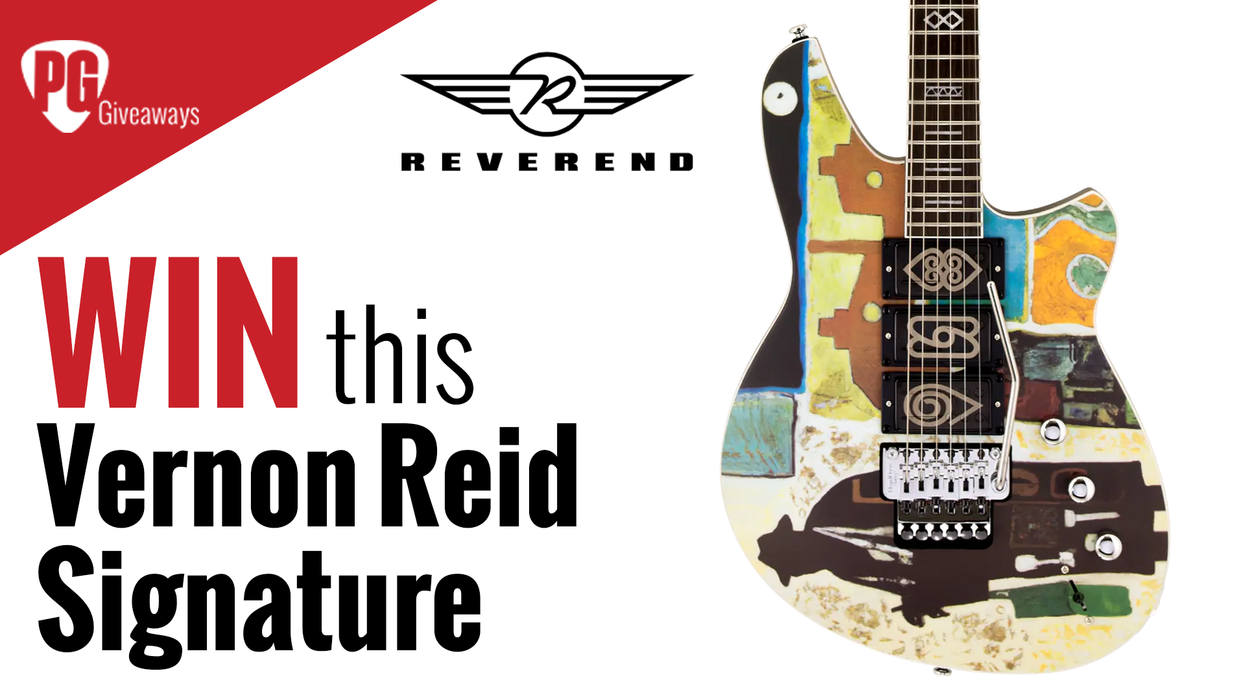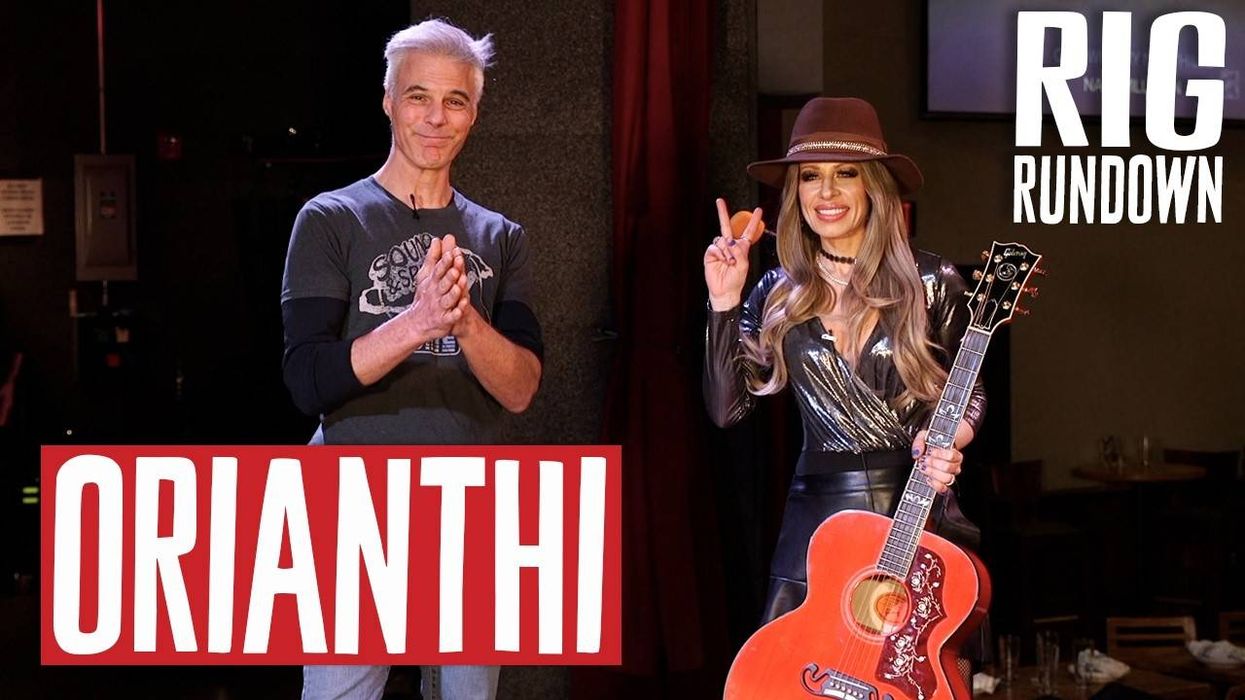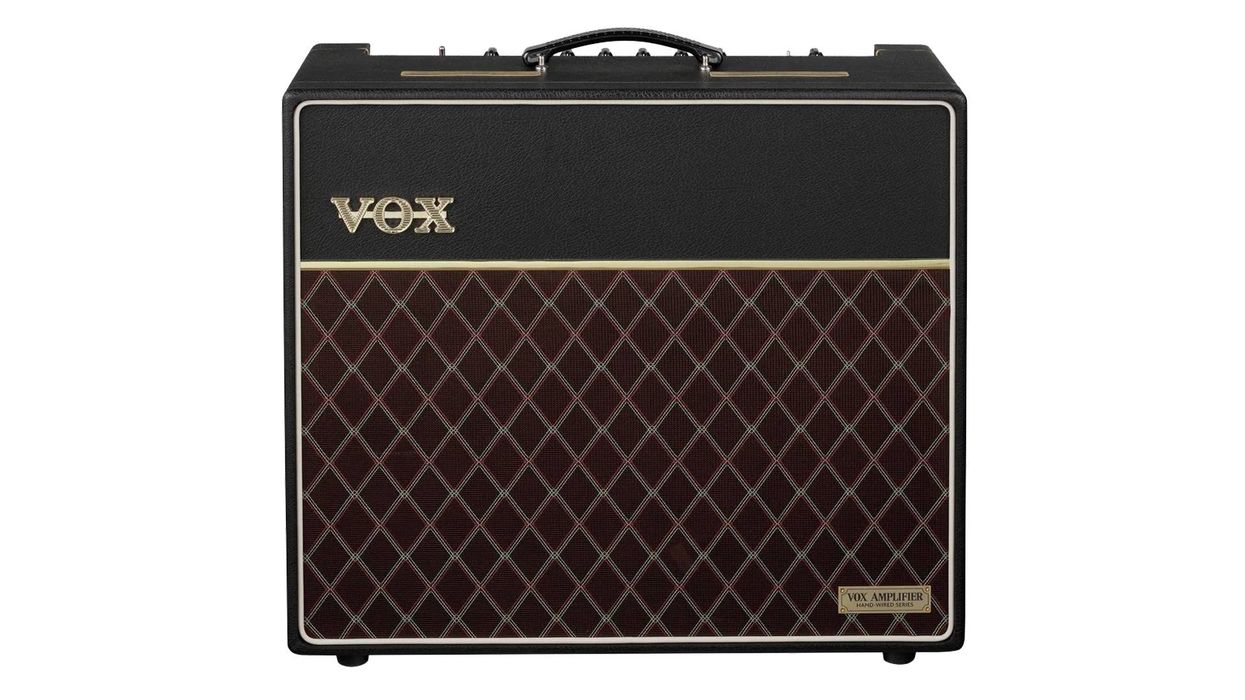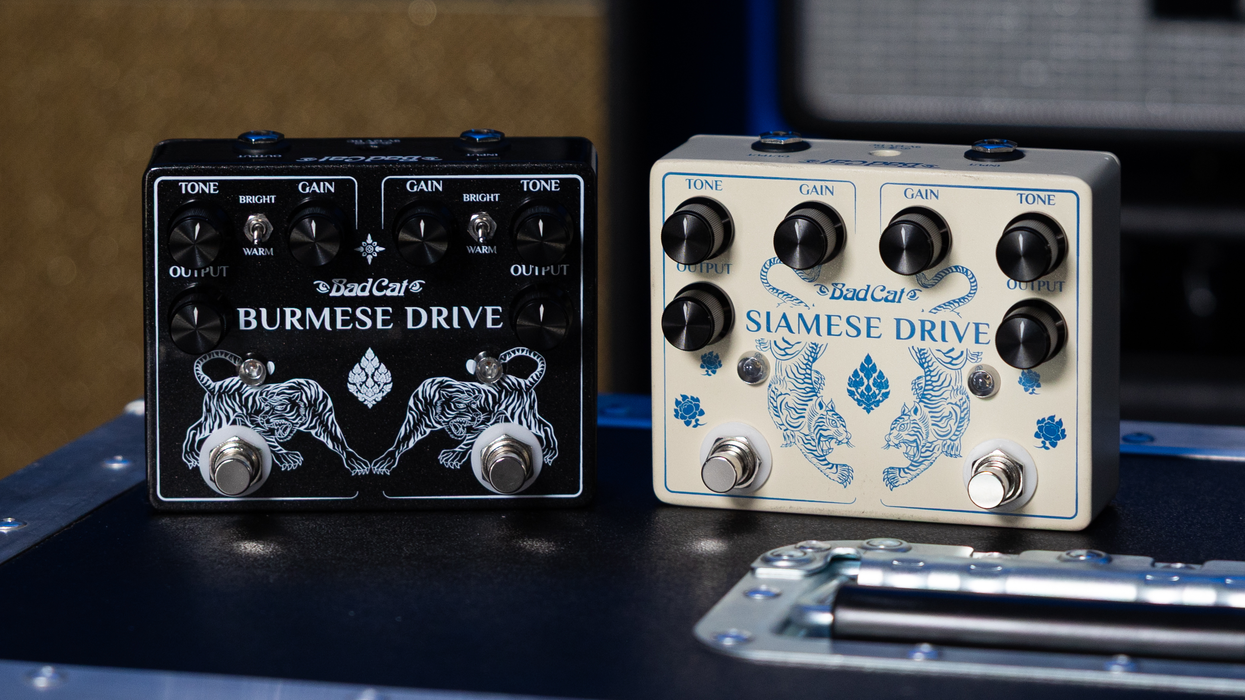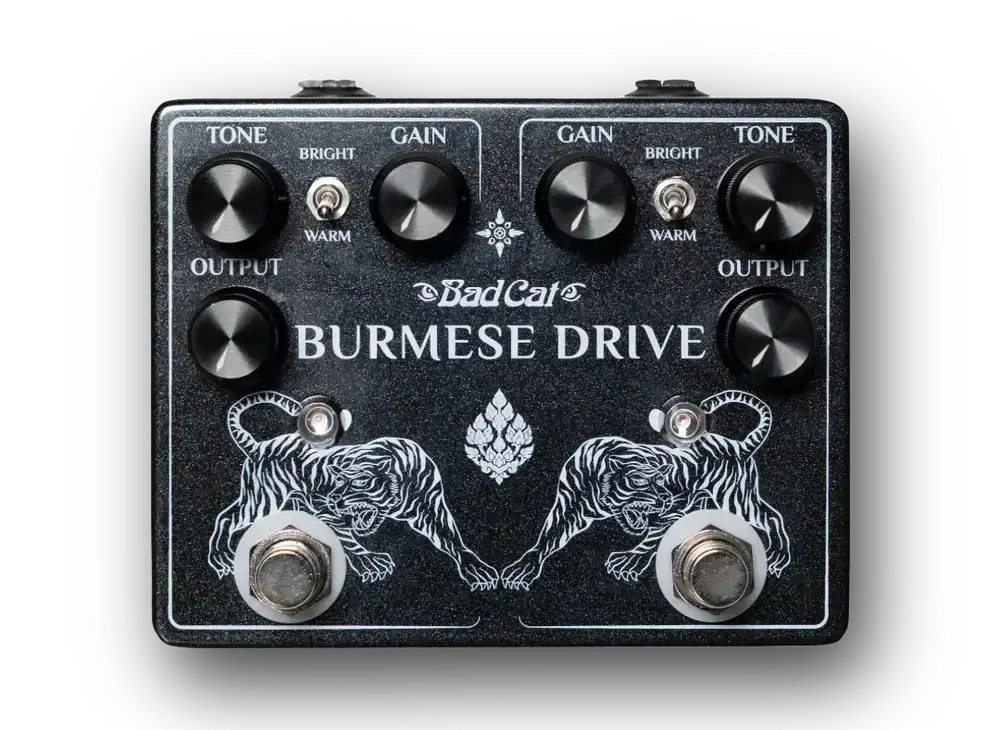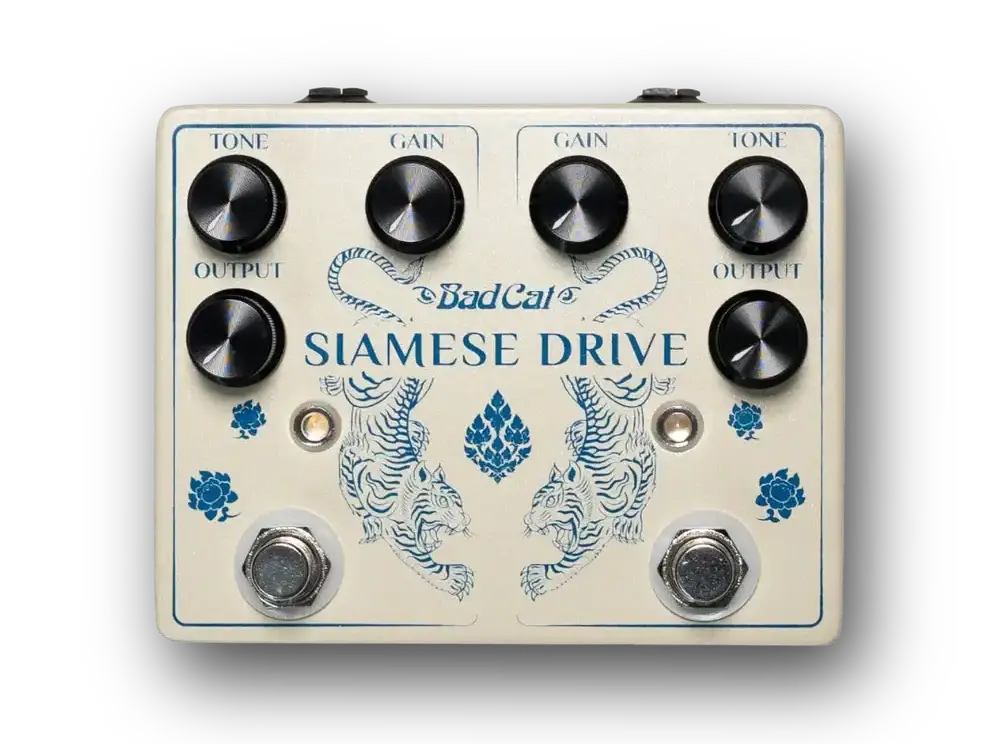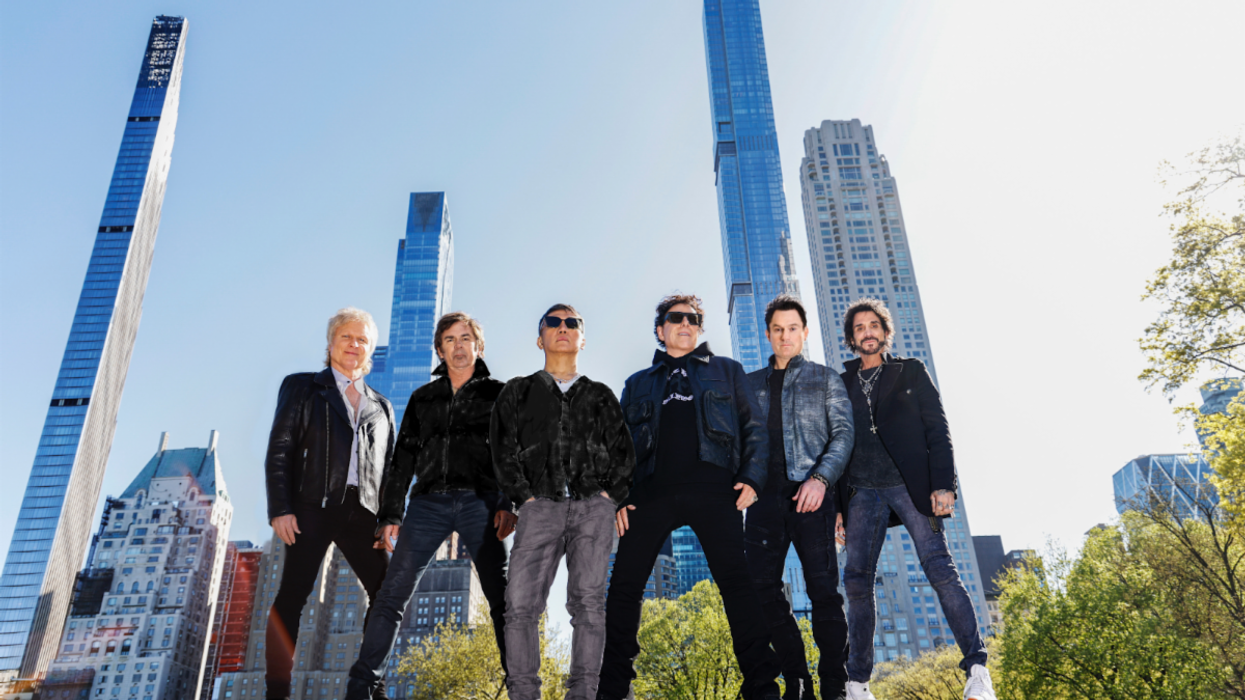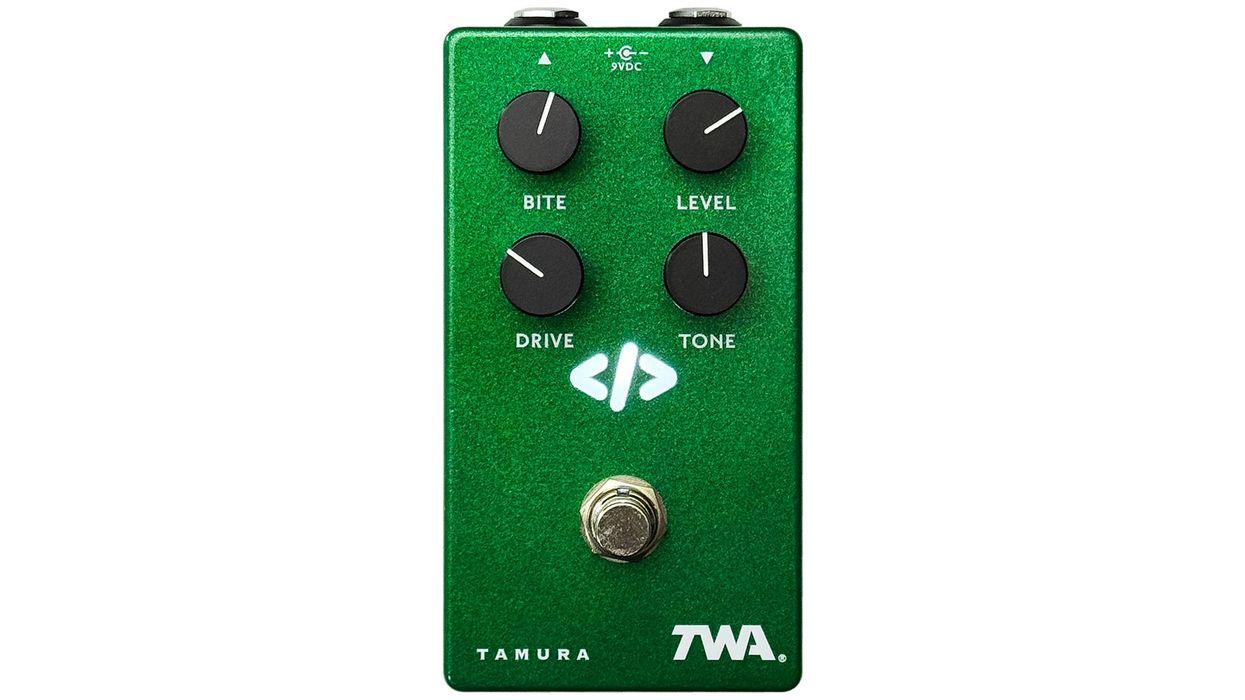Based on the legendary DS-1 Distortion, the DS-1W fuses the look and character of the standard pedal with two modes and a newly revised discrete analog circuit for more range and versatility.
Introduced in 1978 among the earliest models in the Boss compact series, the DS-1 redefined the sound of distortion and remains as influential today as ever. Its hard-edged attack and smooth sustain have made it the best-selling compact effect, with over 1.5 million units sold to date. The iconic orange stomp is behind the signature sounds of a long list of rock, alternative, and fusion legends, and its aggressive tone can be heard on countless famous tracks. Filled with artful Waza Craft refinements, the DS-1W expands the DS-1 experience for a broader range of styles and applications.
Standard mode on the DS-1W delivers the authentic sound of the original in every way. Its innovative two-stage gain circuit is a critical part of the fullness and definition that so many guitarists love about the DS-1. The versatile tone control affects low and high frequencies, simultaneously boosting and cutting each end of the frequency spectrum as the knob is turned. This allows players to dial in the sound for any application, from sharp rhythms and searing solos to maintaining low-end clarity when boosting amps and other drive pedals.
BOSS DS-1W Distortion Pedal | Waza Craft
The Boss DS-1W Distortion will be available in the U.S. in October for $149.99. For more information, please visit boss.info.
